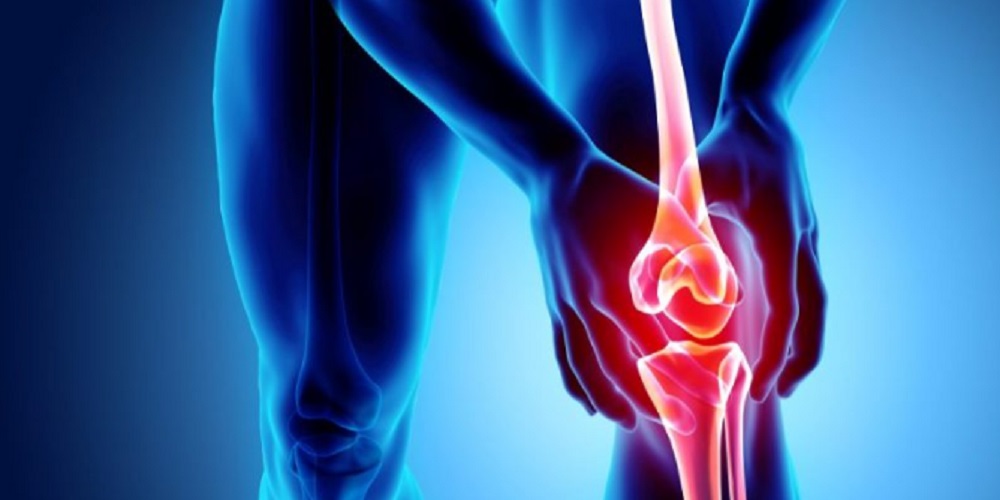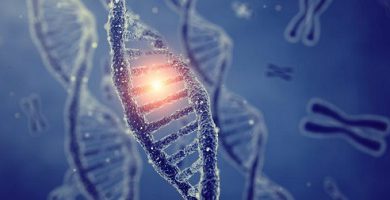What is the musculoskeletal system?
We explain what the musculoskeletal system is and what it is for. In addition, how to care for the musculoskeletal system, and its most common diseases.
-
What is the musculoskeletal system?
It is called the musculoskeletal system or the musculoskeletal system to the complex network of tissue of different nature that allows the human body to stand and perform various movements , from simply walking to the most precise and delicate hand gestures.
The musculoskeletal system consists of the union of several different sets , which are the osteoarticular system (composed of bones, joints and ligaments) and the muscular system (muscles and tendons). Between them they provide support to the body, keep it in its shape and allow it to make coordinated movements , thanks to the coordination exerted by the nervous system (composed of nerves, spine and brain).
Of these two main systems, the bone and muscle , the first is considered passive and the second active, since the latter is the one that starts the movement, through the compression and stretching of the muscle fibers , once the nervous stimulus coming from the brain reaches them.
An important point in this apparatus is the joints , which are the point of contact of two bones in the body, which can allow a certain type of movement and according to this they are classified as: synarthrosis (without movement), symphysis (with a monoaxial movement, that is, on the same axis) or diatrosis (with complex movements). The bones occupy a fixed place in the joints, thanks to the ligaments that hold them in place.
Similarly, tendons are the tissue that joins the muscles to the bones , made of a highly resistant material, which allows the elastic movement of the muscle fibers without this meaning releasing them from their mandatory place in the skeleton.
-
What is the musculoskeletal device for?
The musculoskeletal system not only allows the enormous and diverse variety of movements that our human body is capable of, but also keeps the body upright , in its exact position, which is extremely important for the health of the internal organs. Without the musculoskeletal system we would be doomed to inactivity, such as plants, since we could not physically move at will.
-
How to care for the musculoskeletal system?
Locomotor care includes the following recommendations:
- Perform warm-up before undergoing physical activity or exercise.
- Maintain a diet rich in potassium, calcium and iron (although without excesses detrimental to renal function).
- Avoid situations of extreme wear of the joints (especially in crafts such as writer, pianist, weaver, and other manual crafts) or take precautions to minimize damage.
- Avoid overweight .
- Perform physical activities on a regular basis (active life).
- Use appropriate postures when performing long-term activities (including sleeping), using ergonomic materials and becoming aware of the posture.
-
Musculoskeletal diseases

There are ailments typical of the musculoskeletal system, some due to more or less natural causes of wear and tear, and others caused by agents outside the body. Among them, the following stand out:
- Arthrosis . A chronic and degenerative disease, sometimes of autoimmune origin, in which the joints between the bones lose the elastic tissue that allows their mobility: the cartilage, and therefore remain increasingly rigid.
- Arthritis . Arthritis consists of an inflammation of the joint tissue, whether permanent or transient, generating swelling, pain, stiffness and difficulty moving the limbs, although over time they can even twist the joints and deform the limbs.
- Osteoporosis . It is a chronic loss of calcium in the bones, which demineralizes and makes them more fragile over time. This causes a thinning and weakness of the bones, which become porous (hence the name) and lose mass.
- Parkinson ‘s disease . Parkinson’s disease is really a disease of the Central Nervous System (Brain), which affects the way nerve impulses are transmitted throughout the body. However, common symptoms manifest in the musculoskeletal system, through stiffness, trembling or involuntary movements.
- Evil of San Vito . Also called Huntington’s disease or Huntington’s chorea, it is a degenerative neurological disease, which is usually hereditary, although extremely rare. It was discovered in 1872 and its symptoms include involuntary movements, spasms and grimaces, and is due to a mutation in a gene on chromosome 4.





